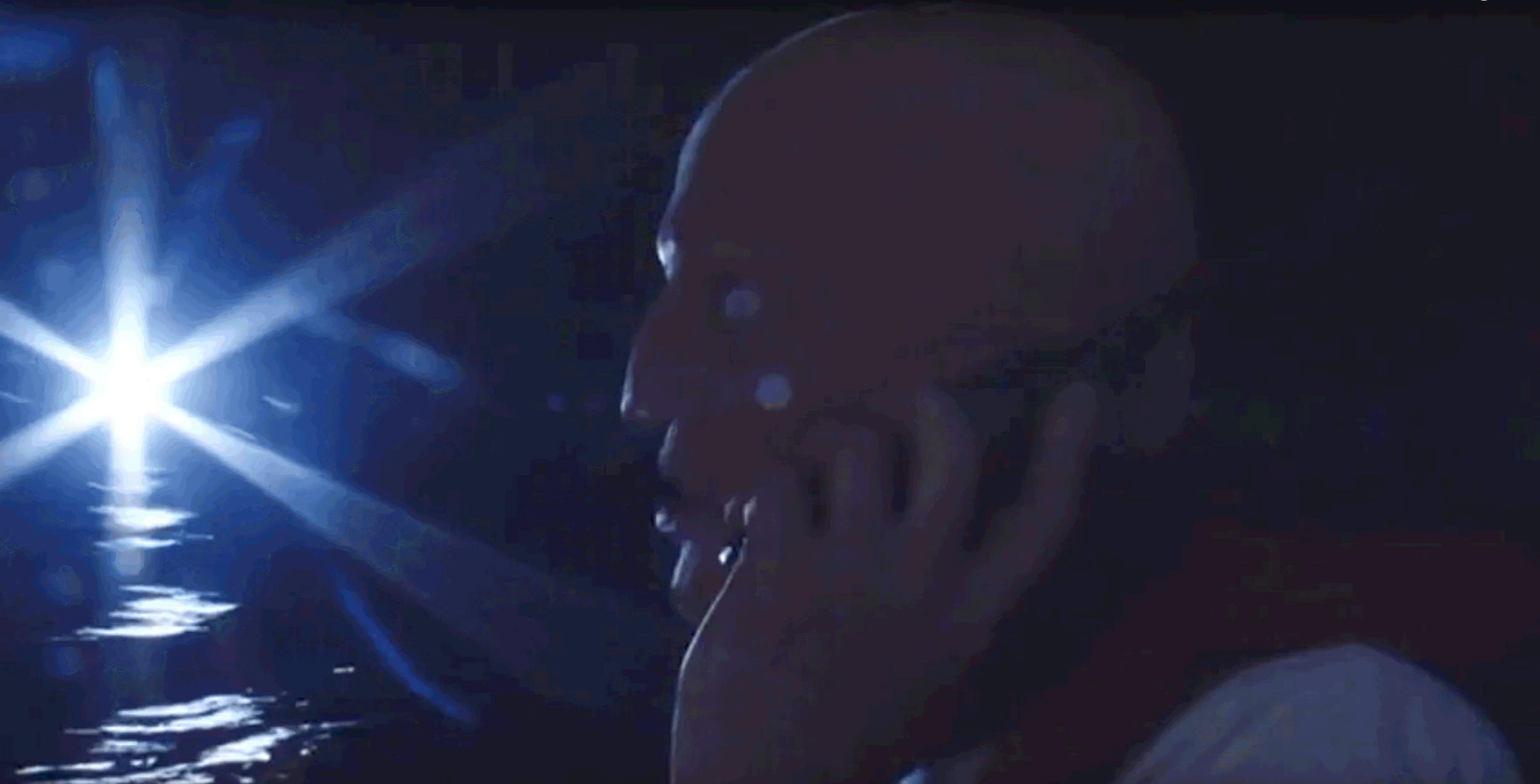Two films about the Rwandan genocide of 1994, one made by Hollywood the other made by Britain. How do they fare against each other?
The Rwandan genocide of 1994 was one of the most brutal and inhumane episodes of the twentieth century. Within a period of three months, over 800,000 civilians were shot or hacked to death in a murderous campaign launched by the majority Hutu tribe against their minority Tutsi neighbours. It is always a bold move to attempt to capture the atrocities of mass human suffering in film. Stephen Spielberg has long set the tone for capturing the harsh realities of inhumanity through the medium of film, leaving a large pair of shoes for future ambitious film-makers to fill.
Hotel Rwanda has all the trimmings of a Hollywood production: great lighting, manicured shoot locations, and product placements. Shooting Dogs, on the other hand, was filmed in a much more gritty style; this was most probably due to budget constraints, yet it had the effect of making the story appear real. The locations are much more convincing and it is totally devoid of the Hollywood veneer.
In terms of casting and storyline, Hotel Rwanda examines the story from the more realistic point of view of those who truly suffered. Directed by Irish film maker Terry George and starring Don Cheadle and co-starring British actress Sophie Okonedo, the film focuses on the efforts of Paul Rusesabagina (Cheadle), the manager of the Sabena Hotel, as he attempts to save the lives of 1,268 refugees fleeing the machetes and bullets of their Hutu pursuers. This point of view, which engages the 'locals' and puts flesh on the bones of its African characters, gives the film a less US-centric edge, setting it apart from the vast majority of Hollywood films.
Ironically, Shooting Dogs, which was not produced by Hollywood, failed to look at the black experience of a genocide which primarily affected black Africans. Rather, the film centres around the activities of its white cast with occasional one-liners from its black props. While the movie succeeds much better than Hotel Rwanda in portraying the terror and panic suffered by the Tutsis, it fails to portray the African as human, whether victim or perpetrator. The black backdrops’ lines mainly consist of grunts, groans, and beastly screams, whilst the whites are portrayed as intelligent, brave, professional, and focused. The only two blacks with any sense of purpose in this story are a man and his young daughter who has a crush on her European tutor; both characters are Eurocentricised to make them more appealing to Western audiences. Beyond these two characters, the other blacks in the film are portrayed as docile and backward. To add to the dripping condescension, Shooting Dogsalso has very strong Christian overtones that would surely make Mel Gibson proud. The film opens with Father Christopher (John Hurt) talking about how Jesus died to save us from our sins, and in the final chapter of the film, we see an almost Christ-like Father Christopher sacrifice himself to save a truckload of African children. It is only “white liberal” ignorance which ruined this otherwise great script, which engages and entertains its audiences far more successfully than Hotel Rwanda.
To their credit, both films provide bits of historical information which succeed in raising awareness to Westerners who might otherwise have no knowledge of the Rwandan genocide of 1994. Hotel Rwanda opens with a concise summary of events, designed to provide enough background information to have the story make sense. The film provides the viewer with tidbits of information as to the historical nature of the distrust and hatred between the Hutus and the Tutsis and quite intelligently attempts to show how fickle and arbitrary such manifest emotions are. In one scene, a European journalist drinking at a bar is informed that Hutus hate Tutsis because Rwanda’s Belgian colonisers favoured the Tutsis over the Hutus because they were taller, had lighter skin, straighter noses and displayed more European features. The journalist then turns to two women seated nearby, one clearly darker and with a rounder nose, and asks her which tribe she is from, and she replies, “Tutsi.” He then asks the lighter-skinned woman with the straighter nose the same question, to which she replies, “Hutu.” It is unassuming moments like this which serve to educate the viewer with a different outlook.
Likewise, Shooting Dogs provides a little insight into some of the more unsavoury incidents that may have occurred unnoticed in Rwanda, such as the moment when Joe Connor (Hugh Dancy) drives into town to find a BBC film crew. He informs the BBC reporter of the presence of the 1500 Tutsis seeking refuge at the school being protected by the UN. She expresses no desire to cover the story until he tells her, “There are also forty Europeans.” In a later exchange with the same BBC reporter, she informs him that when she was in Bosnia, “every dead white body, I thought that could be my mum, but here, when I see dead bodies, they’re just dead Africans.”
Beyond these few moments, however, both films fail to deliver the punch they clearly could have had. Neither film possesses any “Schindler’s List moments.” Despite each film’s ability to educate a completely ignorant audience, nothing in either film exists which captures and reflects the scale and the scope of the butchery. Both films have the same plot. And while it cannot be denied that it is a very difficult and brave story to have attempted to tell, both films are flawed in their approach and fail to bring the reality of the Rwandan tragedy to the silver screen.

Rice N Peas was established producing hard-hitting video documentaries about social issues.
In an era where mainstream journalism is often saturated with propaganda, convey accounts that accurately represent the lives and stories of the people without censorship, prejudice or distortion, aiming to question, to challenge and to educate.











